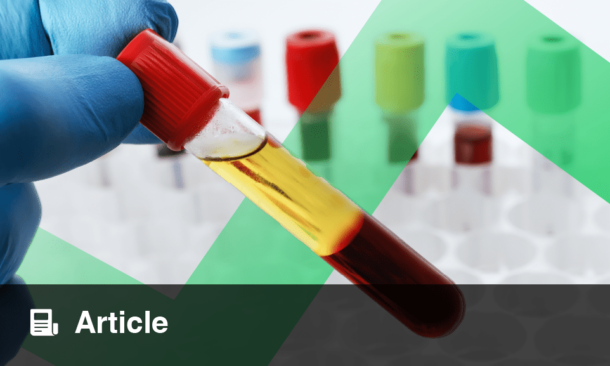A RECENT study has highlighted the presence of gluten and soy-derived excipients in commonly used medicinal products in Portugal, raising concerns for individuals with food allergies. Food allergies, including gluten and soy, are a growing public health issue, particularly among children. While dietary awareness is increasing, less attention is given to hidden allergens in medications.
Gluten, a protein found in wheat, barley, and rye, can trigger serious health conditions such as coeliac disease (CD), wheat allergy, and non-coeliac gluten sensitivity. CD affects approximately 1.4% of the global population and can lead to significant nutrient deficiencies. Similarly, soy allergies, affecting around 1% of Europeans, are particularly prevalent in children, though often resolve with age.
This study examined 308 medicinal products across three drug classes: analgesics and antipyretics, non-steroidal anti-inflammatory drugs (NSAIDs), and antiasthmatics. It found gluten-derived excipients in 44.4% of analgesics and antipyretics, compared to just 8.2% of NSAIDs. No gluten was detected in antiasthmatic products. Meanwhile, soy-derived excipients were most common in NSAIDs (14%), with syrups among analgesics containing up to 60%.
Solid oral dosage forms such as tablets were the most likely to contain gluten, posing a risk to coeliac patients. Conversely, liquid forms and suppositories showed a lower prevalence, offering potentially safer alternatives. For soy-allergic individuals, liquid medicines and certain capsules were more likely to contain soy.
The study also found no significant difference in gluten presence between branded and generic medicines, though soy was more common in generics. A key concern is the lack of consistent allergen labelling across pharmaceutical products, despite EU regulations. Some manufacturers fail to specify the origin of excipients, leaving sensitive patients at risk.
Researchers call for clearer labelling and better regulatory enforcement, recommending healthcare professionals advise patients on safer formulations. Greater transparency, such as through national databases, and collaboration with patient groups could improve safety for those managing food allergies.
Reference
Figueiredo A et al. Presence of gluten and soy derived excipients in medicinal products and their implications on allergen safety and labeling. Sci Rep. 2025;15(1):10976.







